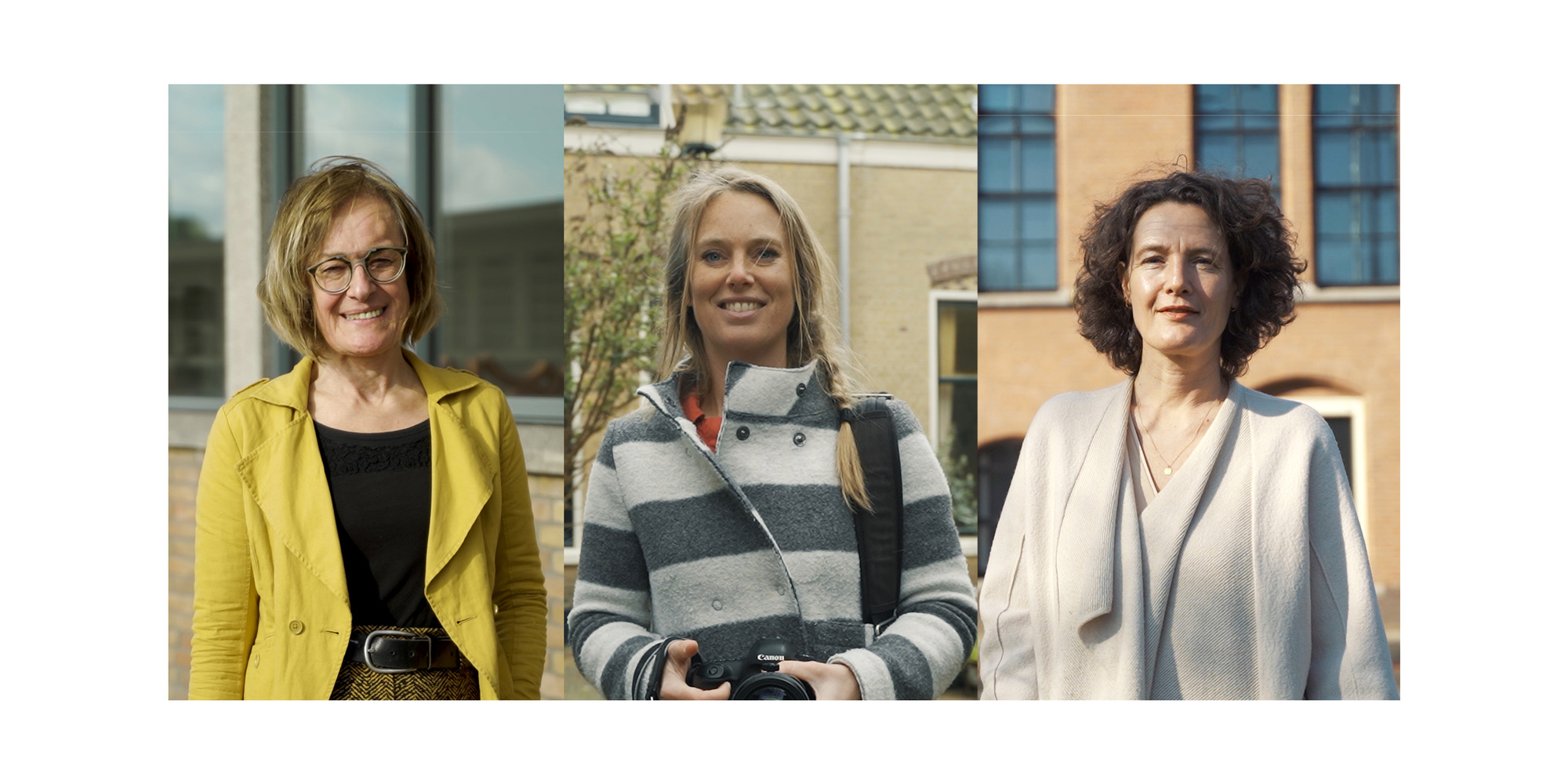For International Women’s Day, we’re celebrating some of the exceptionally talented women we’ve collaborated with over the years, from ceramicists to landscape designers and architecture photographers.
Meet them below.


Masters of their Craft: 3 Women Bringing their Art Form to Architecture
Christine Jetten
Architectural Ceramicist
“The most challenging part is to design beyond what is already known, or beyond what is already custom.”
As an architectural ceramicist, Christine creates groundbreaking glazes for facades.
“It’s not so much that my knowledge is entirely new, because it’s an age-old craft, but I deal with it in a different way. Not only functional, but also artistic,” she says. “From my way of thinking, I prefer it when a façade breathes, when it doesn’t stay the same each moment of the day.”
She says that while “we come from a way of working with [clay] that is traditional, we don’t need to stay traditional.”
“I really prefer to stimulate people’s senses, to add new possibilities to our built environment and to make it become more alive.”
In her early career, Christine was a teacher of fine art and history of art, but at the age of 29 decided to quit her job and study ceramics, initially focusing on sculptures. But after receiving a restoration commission, put her focus on architectural work.
She says there are two main differences between sculptural and architectural work. One is the timeframe, for which it can vary from 2-8 years for an architecture project. And the other is scale.
“With a sculpture, we tend to observe from close up, but for a building, one needs to look at it from at the least the other side of the street. So, sometimes I need to exaggerate an effect to make it work in the scale of a building. I have to think big all the time!”
She has worked on numerous projects for UNStudio, including the Doha Metro Network in Qatar and the Rabobank offices in the Dutch city of Eindhoven.
Eva Bloem
Photographer
While buildings stand still, capturing their beauty on camera requires you to "act fast", says photographer Eva Bloem.
Getting them in the right lighting, particularly when shooting exteriors, and finding moments when people are interacting with the space are crucial for putting together a nice story about each building, Eva says. In this regard, architecture photography requires you to develop “a sixth sense” for what’s happening around you, she explains.
When she photographed our Mercedes Benz Museum in Stuttgart, she had three days to get to know the building. While she finds it hard to pick a favourite image, one that she’s most proud of is a large overview shot which she took from a carpark at sunset, capturing a football team training in front of it on a flood-lit field.
“For me, it doesn’t really matter what the subject is, it’s about telling a story. And that’s what I also like to see in other architectural photography, that you can really feel the atmosphere of the building and not only see this ‘perfect picture’. I like imperfection in perfection.”
Other projects she has photographed for us include P.C. Hooftstraat 138 and 140-142 in Amsterdam, and 18 Septemberplein in Eindhoven.
Martine van Vliet
Landscape Designer
“Time is an important aspect for landscape architects. Not only because of the seasonal changes [each year], but because landscape becomes more beautiful as it gets older,” says Martine van Vliet.
As a landscape designer, she has worked around the world, from China to Benin. “Each time you work in another country, you really need to sort of dive into the specifics of the certain location,” she says. “It’s totally different everywhere, [so] you really need to have knowledge on where plants can grow and how the maintenance will be. For instance, in Benin there is a rainy season, and that makes a lot of difference to the whole design we can make.”
To excel in her profession, Martine believes that knowledge is key.
“The knowledge of plants is very important, [but also] techniques, sustainability issues, how to treat water, how to retain water, durable materials and knowing what kind of plants attract birds and bees… and sort of bringing all of these together into a beautiful design.”
For UNStudio, she has worked on numerous projects as part of her studio, Loos van Vliet, including the Hanwha HQ remodel in South Korea, the TBC Forum in Georgia, Terminal 3 in Taiwan, and the Nanjing Art Museum in China.
“I think being a landscape architect, part of it, you could look like it as an artist, to sort of have this vision. If you see the effect of planting schemes, you could say it’s like painting with flowers,” she says.